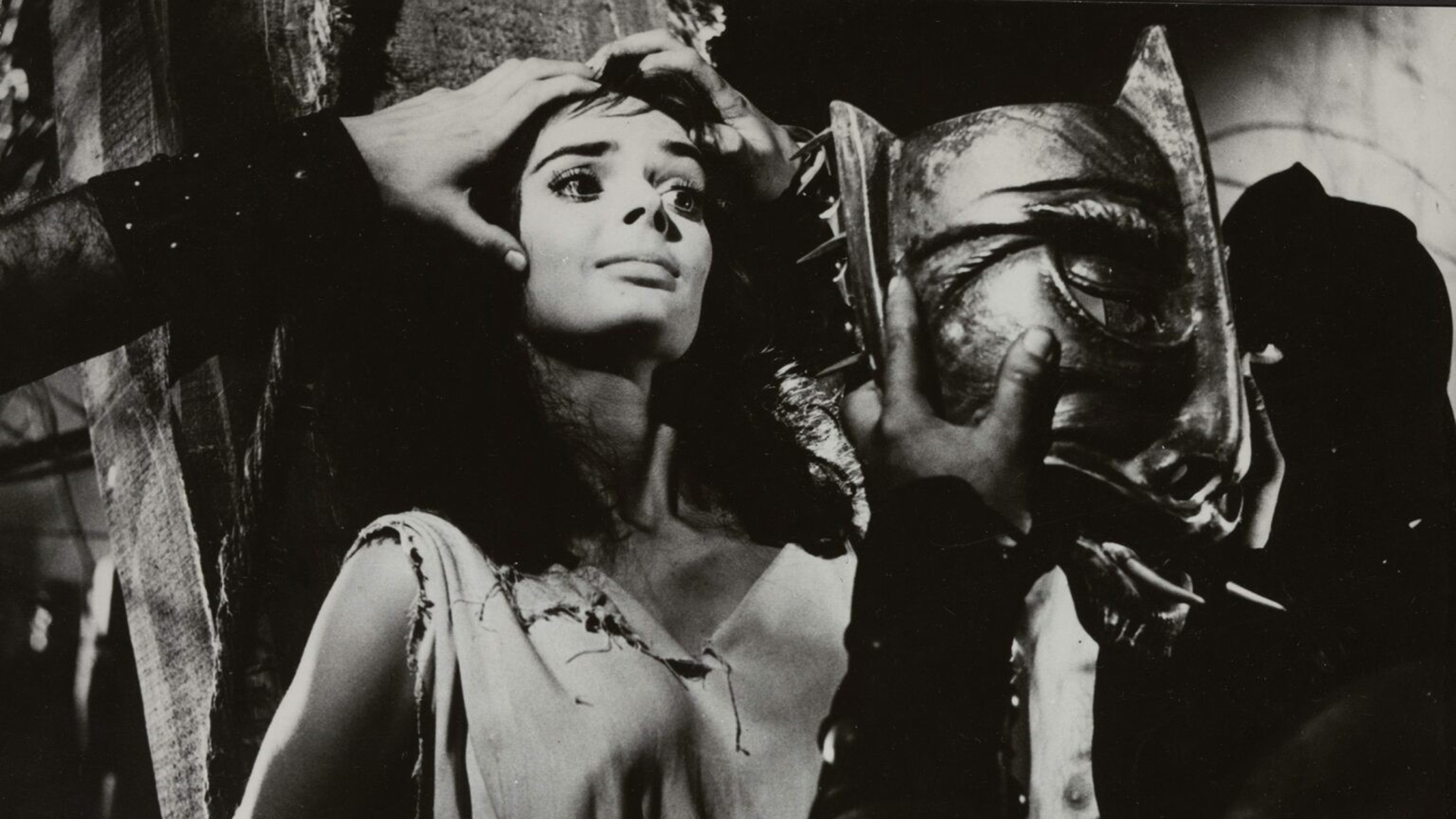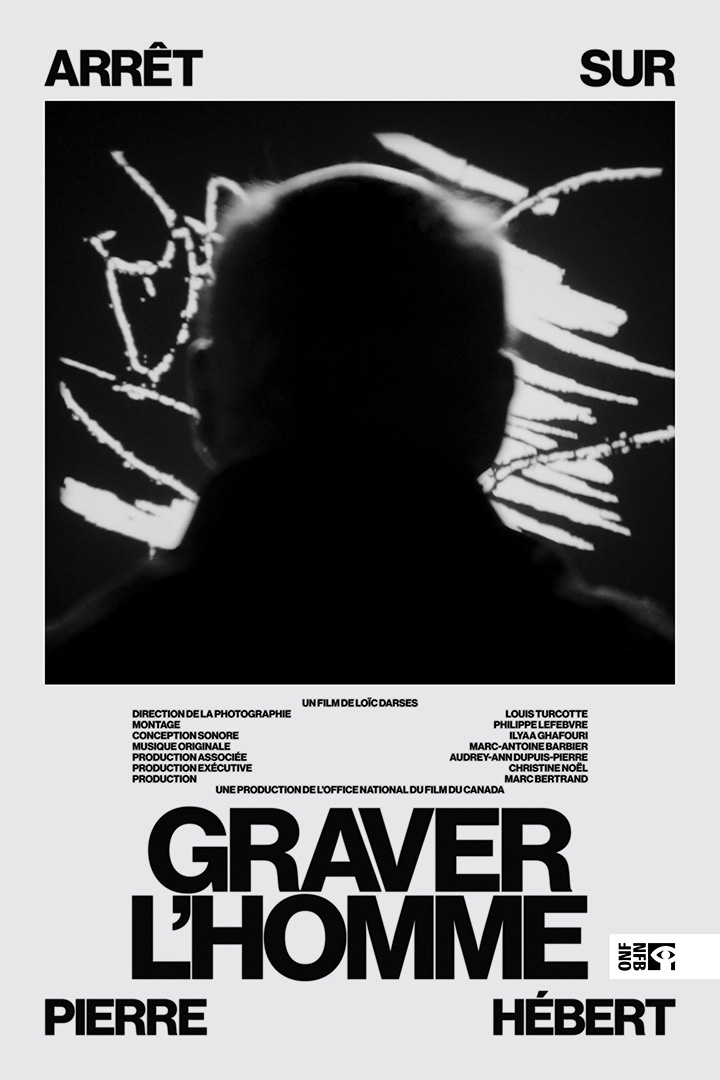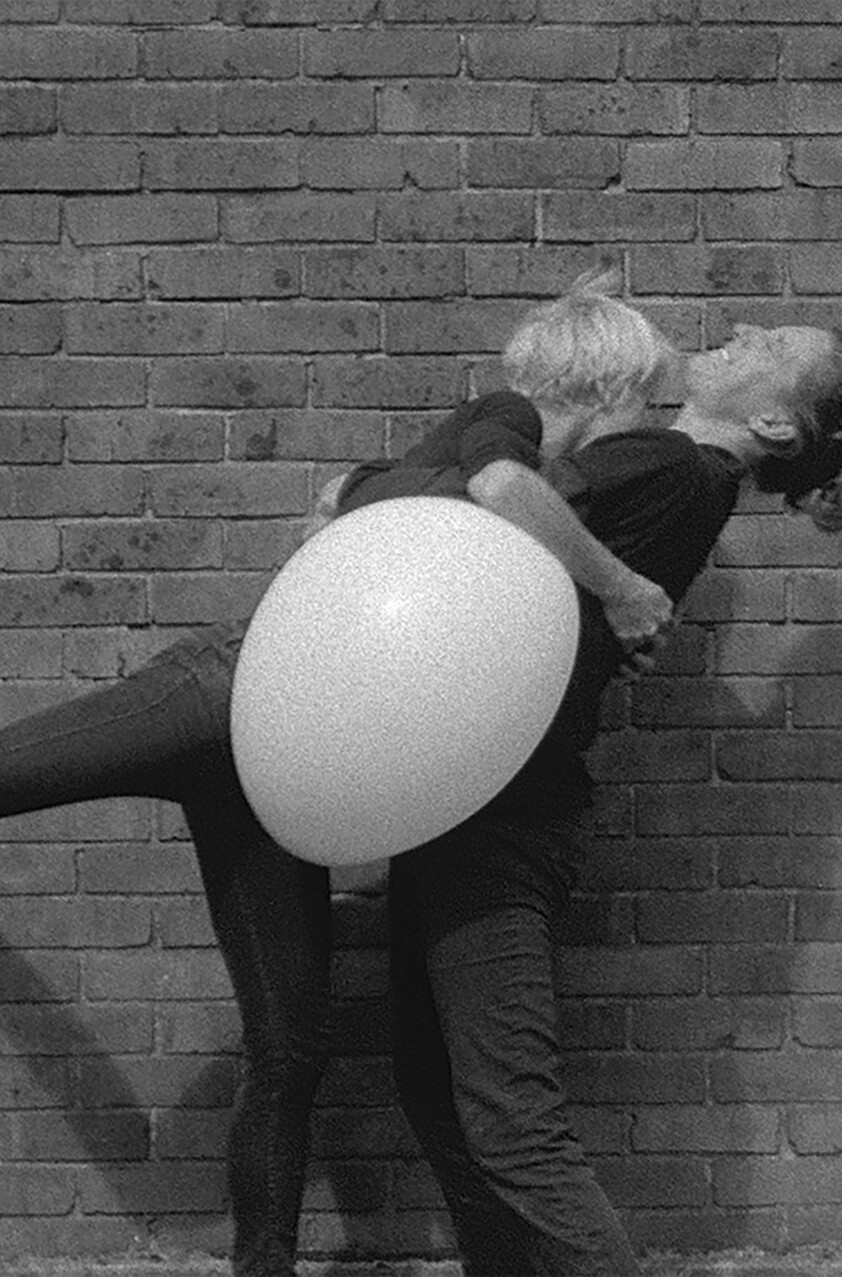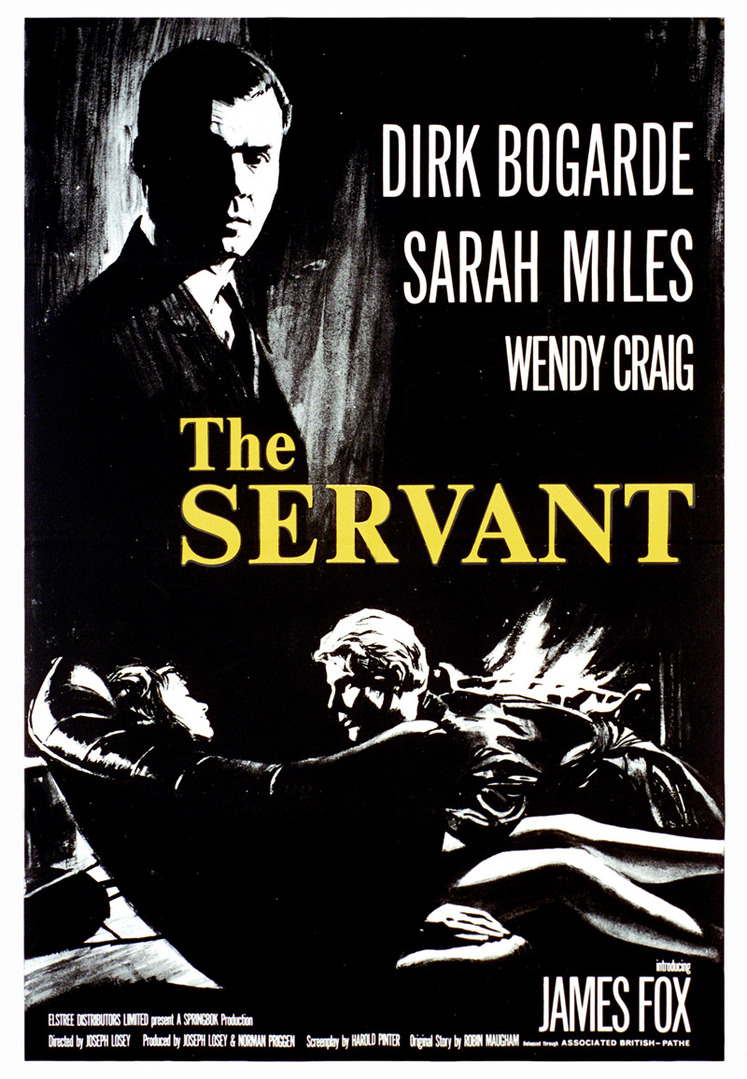Black Sunday
Cinema is a screen onto which we can project our fears, torments and the monstrosities of the world. The screen protects us from what we see, but cinema has also permanently anchored our nightmares around a few powerful images (empty houses, hostile attics and basements, demonic masks, bloodcurdling grimaces, disturbing postures). Throughout the summer, the Cinémathèque québécoise will be presenting a series of films encompassing more than one hundred and twenty years of horror, reminding us that what scares us most is to make the deepest of our fears tangible and credible.
A vengeful witch wreaks havoc and wants to vampirize a descendant who looks just like her. An impressive baroque and gothic work by the 1960s master of Italian horror. This film will make Barbara Steele the pale goddess of horror films....
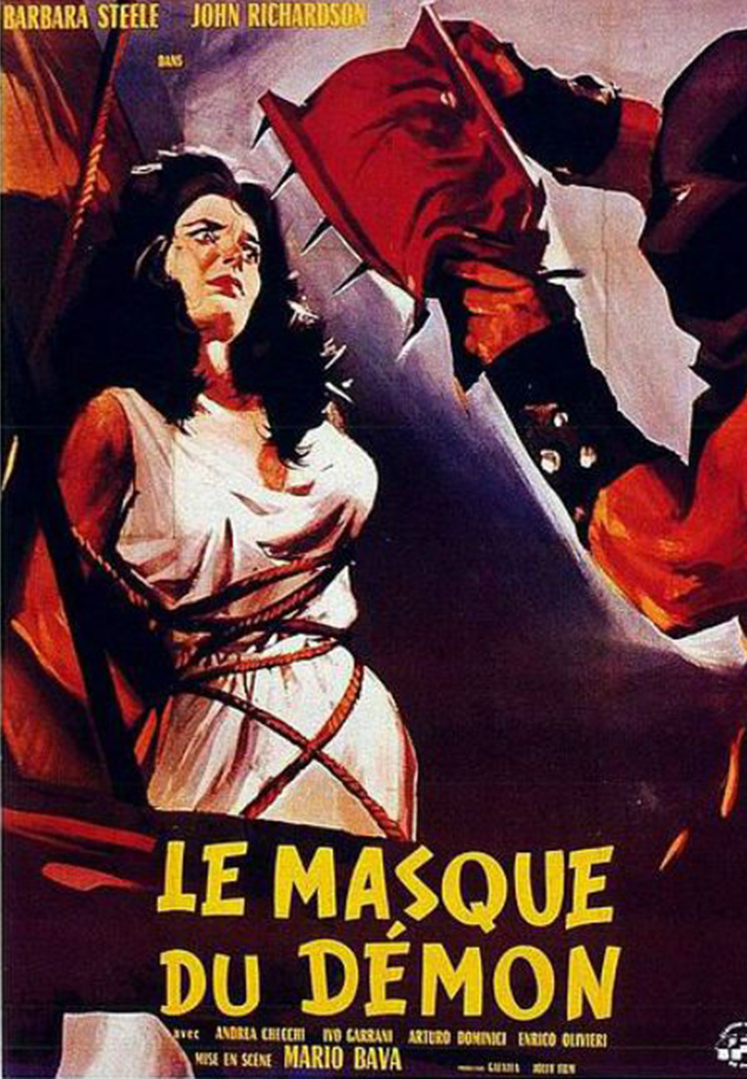
Mario Bava
Mario Bava (31 July 1914 – 25 April 1980) was an Italian filmmaker who worked variously as a director, cinematographer, special effects artist and screenwriter, frequently referred to as the "Master of Italian Horror" and the "Master of the Macabre". His low-budget genre films, known for their distinctive visual flair and stylish technical ingenuity, feature recurring themes and imagery concerning the conflict between illusion and reality, as well as the destructive capacity of human nature. After providing special effects work and other assistance on productions like Hercules (1958) and Caltiki – The Immortal Monster (1959), Bava made his official feature directorial debut with the horror film Black Sunday, released in 1960. He went on to direct such films as The Girl Who Knew Too Much, Black Sabbath, The Whip and the Body (all released in 1963), Blood and Black Lace (1964), Planet of the Vampires (1965), Kill, Baby, Kill (1966), Danger: Diabolik (1968), and A Bay of Blood (1971).

